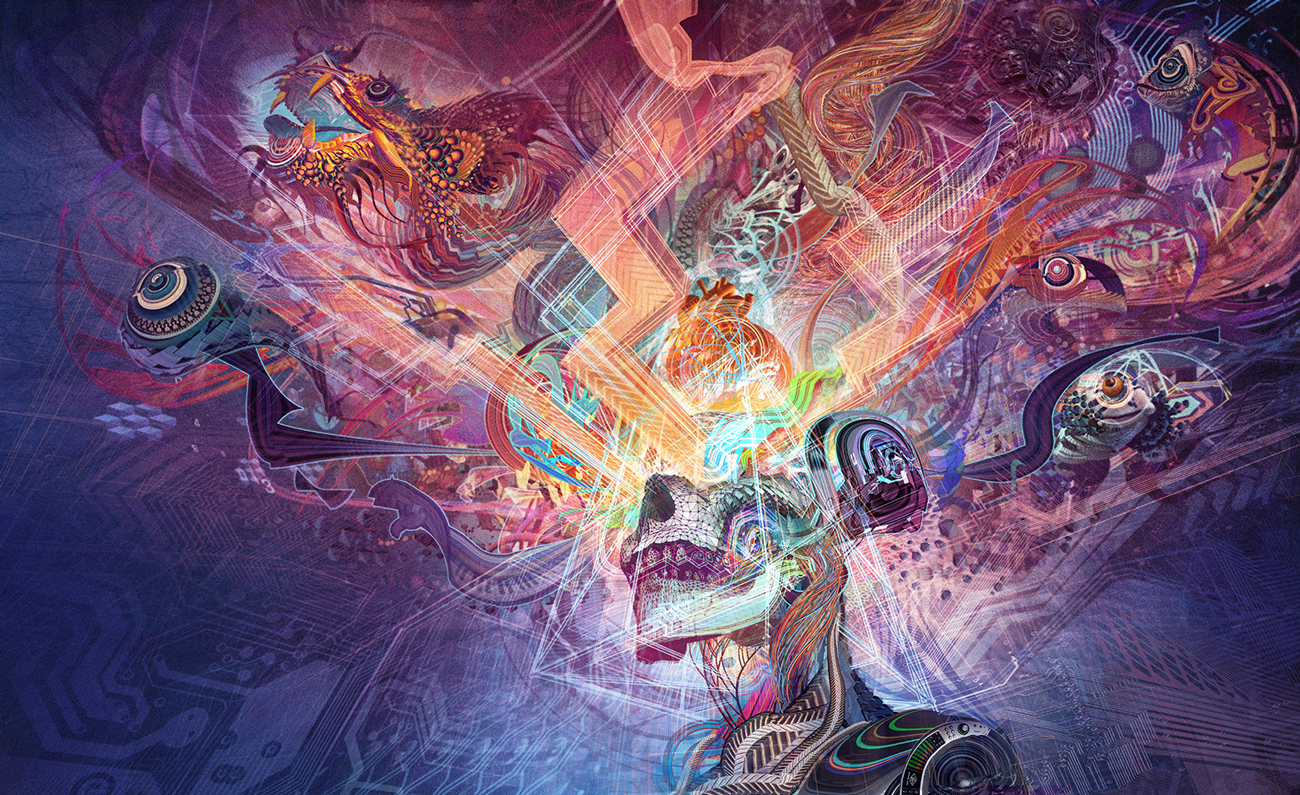Thus, like the revolutions of a wheel, there is a regular succession of death and birth, the moral cause of which is the cleaving to existing objects, while the instrumental cause is karma (the power which controls the universe, prompting it to activity), merit and demerit. “It is, therefore, the great desire of all beings who would be released from the sorrows of successive birth, to seek the destruction of the moral cause, the cleaving to existing objects, or evil desire.” They, in whom evil desire is entirely destroyed, are called Arhats. Freedom from evil desire insures the possession of a miraculous power. At his death, the Arhat is never reincarnated; he invariably attains Nirvana — a word, by the bye, falsely interpreted by the Christian scholars and skeptical commentators. Nirvana is the world of cause, in which all deceptive effects or delusions of our senses disappear. Nirvana is the highest attainable sphere. The pitris (the pre-Adamic spirits) are considered as reincarnated, by the Buddhistic philosopher, though in a degree far superior to that of the man of earth. Do they not die in their turn? Do not their astral bodies
Page 347
suffer and rejoice, and feel the same curse of illusionary feelings as when embodied?
What Buddha taught in the sixth century, B.C., in India, Pythagoras taught in the fifth, in Greece and Italy. Gibbon shows how deeply the Pharisees were impressed with this belief in the transmigration of souls. The Egyptian circle of necessity is ineffaceably stamped on the hoary monuments of old. And Jesus, when healing the sick, invariably used the following expression: “Thy sins are forgiven thee.” This is a pure Buddhistical doctrine. “The Jews said to the blind man: Thou wast altogether born in sins, and dost thou teach us? The doctrine of the disciples (of Christ) is analogous to the ‘Merit and Demerit’ of the Buddhists; for the sick recovered, if their sins were forgiven.“ But, this former life believed in by the Buddhists, is not a life on this planet, for, more than any other people, the Buddhistical philosopher appreciated the great doctrine of cycles.
The speculations of Dupuis, Volney, and Godfrey Higgins on the secret meaning of the cycles, or the kalpas and the yugs of the Brahmans and Buddhists, amounted to little, as they did not have the key to the esoteric, spiritual doctrine therein contained. No philosophy ever speculated on God as an abstraction, but considered Him under His various manifestations. The “First Cause” of the Hebrew Bible, the Pythagorean “Monad,” the “One Existence” of the Hindu philosopher, and the kabalistic “En-Soph” — the Boundless — are identical. The Hindu Bhagavant does not create; he enters the egg of the world, and emanates from it as Brahm, in the same manner as the Pythagorean Duad evolves from the highest and solitary Monas. The Monas of the Samian philo-
Page 348
sopher is the Hindu Monas (mind), “who has no first cause (apurva, or material cause), nor is liable to destruction.” Brahma, as Prajapati, manifests himself first of all as “twelve bodies,” or attributes, which are represented by the twelve gods, symbolizing 1, Fire; 2, the Sun; 3, Soma, which gives omniscience; 4, all living Beings; 5, Vayu, or material Ether; 6, Death, or breath of destruction — Siva; 7, Earth; 8, Heaven; 9, Agni, the Immaterial Fire; 10, Aditya, the immaterial and female invisible Sun; 11, Mind; 12, the great Infinite Cycle, “which is not to be stopped.” After that, Brahma dissolves himself into the Visible Universe, every atom of which is himself. When this is done, the not-manifested, indivisible, and indefinite Monas retires into the undisturbed and majestic solitude of its unity. The manifested deity, a duad at first, now becomes a triad; its triune quality emanates incessantly spiritual powers, who become immortal gods (souls). Each of these souls must be united in its turn with a human being, and from the moment of its consciousness it commences a series of births and deaths. An Eastern artist has attempted to give pictorial expression to the kabalistic doctrine of the cycles. The picture covers a whole inner wall of a subterranean temple in the neighborhood of a great Buddhistic pagoda, and is strikingly suggestive. Let us attempt to convey some idea of the design, as we recall it.

Moe is the founder of GnosticWarrior.com. He is a father, husband, author, martial arts black belt, and an expert in Gnosticism, the occult, and esotericism.





![How the same holy man gave sight to the blind daughter of a tribune, and then coming to St. Alban, there received of his relics, and left other relics of the blessed Apostles and other martyrs [429 A.D.] | Book 1 | Chapter 17 How the same holy man gave sight to the blind daughter of a tribune, and then coming to St. Alban, there received of his relics, and left other relics of the blessed Apostles and other martyrs [429 A.D.] | Book 1 | Chapter 17](https://www.gnosticwarrior.com/wp-content/plugins/contextual-related-posts/default.png)